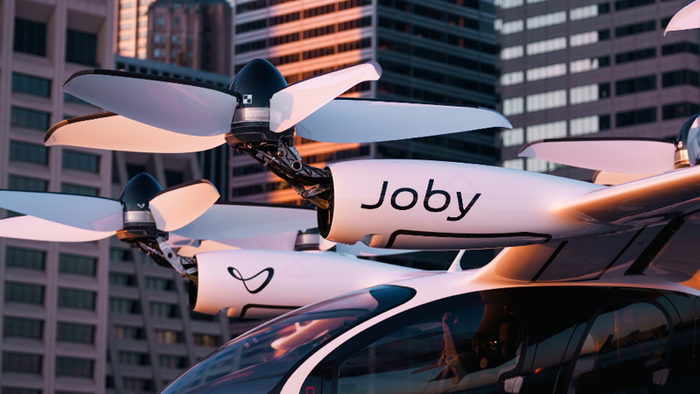The Federal Aviation Administration (FAA) has made significant strides in the aviation sector by introducing a new category for pilot training known as “powered-lift.” This landmark decision marks the first new category of pilot certification since the introduction of helicopters in the 1940s. The powered-lift category will facilitate the operations of electric vertical take-off and landing (eVTOL) aircraft, which possess the unique ability to take off and land vertically akin to helicopters while maintaining the capability to fly like fixed-wing planes. This advancement is pivotal in paving the way for the integration of such innovative aircraft into controlled airspace across the United States, a move that aligns with the growing demand for sustainable and efficient air transportation.
The announcement from the FAA detailed a final rule outlining the qualifications and training requirements necessary for instructors and pilots operating in the powered-lift category. This comprehensive rule not only sets forth the necessary pilot certifications but also addresses various operational requirements, including minimum safe altitude protocols and visibility standards during flight. As stated by FAA Administrator Mike Whitaker, this new regulation represents a critical milestone to ensure the safe operation of revolutionary powered-lift aerial vehicles in the national airspace system. Officials within the FAA expressed their optimism that this rule serves as the final component necessary for the safe integration of these advanced aircraft into civilian aviation.
The powered-lift rule modifies existing regulations and introduces a Special Federal Aviation Regulation (SFAR) intended to streamline instructor and pilot certification processes. One of the notable changes allows pilots to train in powered-lift aircraft using a single set of flight controls, a significant departure from legacy regulations that mandated dual controls for both the student and instructor. This change reflects the aspiring goals for modern pilot training and acknowledges the unique operational characteristics of powered-lift vehicles, which blend helicopter and airplane functionalities. It provides instructors and trainees with a more efficient approach to pilot training while maintaining safety standards necessary for emerging aviation technology.
Industry leaders, such as JoeBen Bevirt, founder and CEO of air taxi company Joby Aviation, emphasized the importance of these regulations in affirming the United States’ position as a leader in aviation innovation and sustainability. Bevirt noted that the timely rollout of these regulations highlights the remarkable effort, collaboration, and dedication of the FAA’s rulemaking teams. As the industry moves towards adopting clean flight technology, the establishment of a robust regulatory framework surrounding powered-lift aircraft is essential for fostering an environment where innovative aviation products can thrive. The attributed foresight and coordination in the rulemaking process further underscore the FAA’s commitment to modernizing the aviation landscape.
The potential for eVTOL startups is vast, with companies like Alef Aeronautics and others backed by prominent investors like SpaceX beginning to gain traction in the market. The operational framework under which these flying cars will operate hinges on established FAA regulations, including Visual Flight Rules (VFR) and Instrument Flight Rules (IFR). Pilots intending to operate powered-lift aircraft will be required to obtain the appropriate pilot licenses in line with the new regulatory standards. The FAA’s move not only paves the way for the operationalization of eVTOLs but sets a precedent for future air mobility innovations that may emerge in response to urban transportation challenges.
In conclusion, the FAA’s introduction of the powered-lift aircraft category is a transformative step in aviation history, with critical implications for future air transport. As this new category necessitates unique pilot training and operational protocols, it positions the United States at the forefront of aerospace innovation while ensuring safety standards. Industry stakeholders recognize this development as a crucial building block for the commercialization and deployment of eVTOL aircraft. In a landscape characterized by technological advancement and sustainability aspirations, the FAA’s commitment to integrating powered-lift systems into the national airspace signifies a pivotal moment in the ongoing evolution of aviation.

